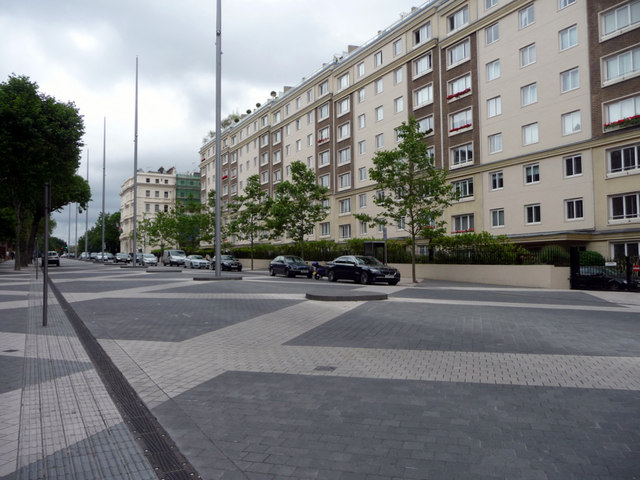In 2011 Exhibition Road, in the Royal Borough of Kensington and Chelsea, was redesigned to a shared space layout. However, a recent study showed that average vehicle speeds on this road are now 27mph, compared to 22mph in 2013.
Lord Holmes of Richmond MBE, a former Paralympic gold medallist and campaigner against shared space, is urging the government to investigate whether there is a link between removing pedestrian crossings and increased vehicle speeds.
Lord Holmes told Local Gov UK “I have been arguing for years that removing controlled crossings and pavements and forcing toddlers and tankers, buses and blind people to “share” the same space is an absolute disaster.”
“To now learn that the average speed of vehicles along Exhibition road has increased to a lethal 27mph is absolutely shocking.”
Lord Holmes, who has been blind since the age of 14, published ‘Accidents by Design’ in 2015. He went on to say:
“I am calling on the government to investigate the connection between this deadly street design and increased vehicle speeds and also why speed limits are not being enforced.”
In July 2018 the Government released the Inclusive Transport Strategy which advised local authorities to ‘pause the development of shared space schemes while we review and update the Department’s guidance’. However, this advice was relaxed in September 2018 in a ministerial letter.

TMS have been involved with shared space schemes in Stoke-on-Trent as part of the City Centre revitalisation. Our experience has shown that schemes work well were high traffic volumes have been removed from city centre streets and measures are put in place to allow navigation by visually impaired pedestrians, such as hazard warning paving and the strategic placement of street furniture. We also safety audit shared space schemes as part of residential developments, and again, these tend to work well where traffic volumes and speeds are low, such as at cul-de-sacs. The creation of level surfaces in these areas also helps to overcome problems where parking on footways can cause a significant obstruction to pedestrians, particularly to those who have a visual or mobility impairment.
